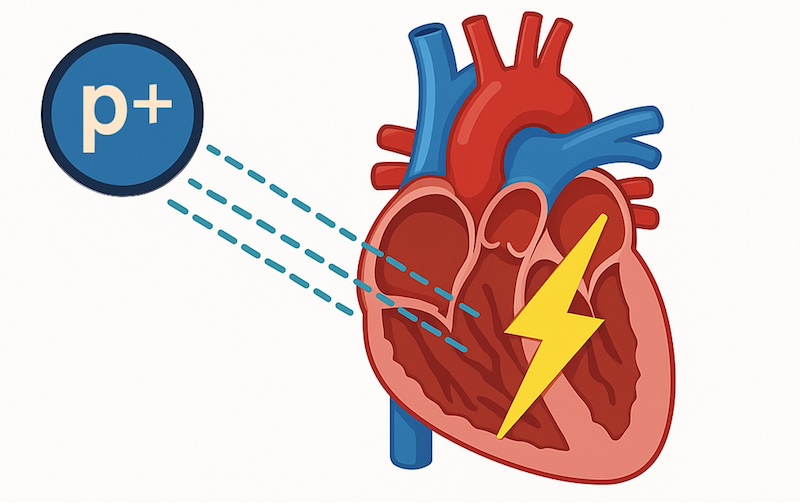Upright-to-supine image registration for proton therapy treatment planning in stereotactic arrhythmia radioablation
- Forschungsthema:Medizinische Bildgebung für Modellierung und Simulation
- Typ:Masterarbeit
- Betreuung:
- Bearbeitung:
Motivation
Stereotactic arrhythmia radioablation (STAR) is an emerging, noninvasive treatment option for life-threatening ventricular tachycardia (VT), particularly for patients who do not respond to conventional therapies, such as antiarrhythmic drugs and catheter ablation. STAR has predominantly been delivered using photon radiotherapy; however, proton therapy offers superior dose conformity and reduced exposure to surrounding healthy tissue due to its Bragg peak characteristic.
Recent technological developments, such as upright proton therapy systems, introduce new opportunities to improve STAR accuracy and accessibility. These advancements allow for treatment in an upright position, which improves patient comfort and reduces infrastructure costs. However, current diagnostic imaging and treatment planning pipelines are designed primarily for the supine position. The anatomical differences between the two postures introduce spatial misalignments that complicate accurate target delineation and dose calculation.
Reliable upright-to-supine image registration methods are urgently needed to bridge this gap. Precise image registration would allow clinicians to transfer critical anatomical information from planning CTs acquired in the upright position to conventional supine datasets, or vice versa, thus facilitating optimal target definition and minimizing dosimetric uncertainties.
In this project, the student will develop and evaluate deformable image registration algorithms tailored to the anatomical challenges of cardiac radioablation. Using thoracic 4DCT datasets acquired in both positions, the study will address posture-induced anatomical deformations and their impact on treatment planning accuracy.

